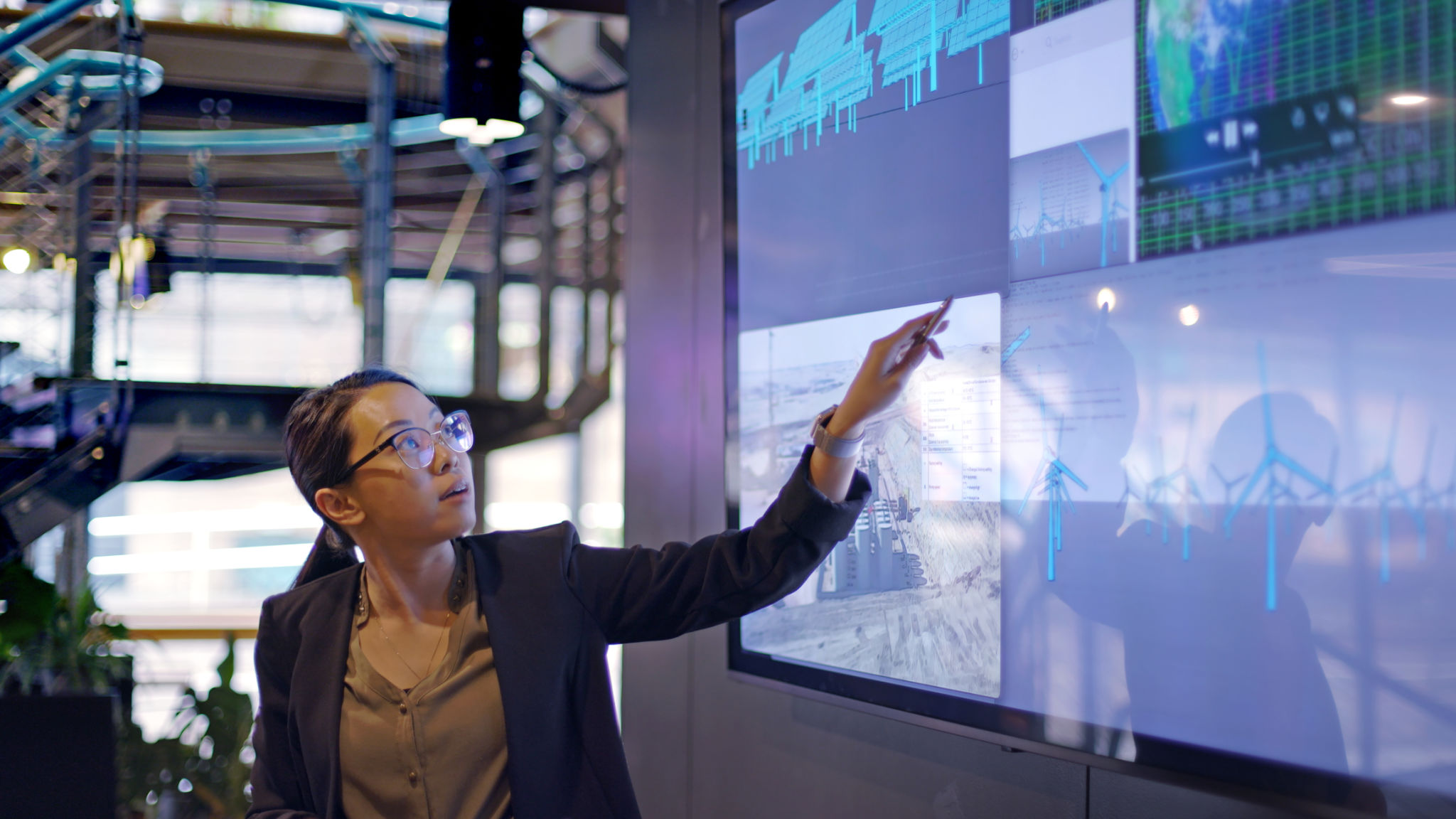Spotlight on Innovation: Emerging Trends in Film Production
The Current Landscape of Film Production
In recent years, the film industry has experienced a profound transformation, driven by technological advancements and innovative production techniques. As filmmakers strive to push the boundaries of storytelling and visual artistry, several emerging trends have taken center stage. These innovations not only enhance the cinematic experience but also redefine the way films are produced and consumed.
The integration of cutting-edge technology in film production has opened new avenues for creativity and efficiency. From virtual reality (VR) to artificial intelligence (AI), these tools are reshaping the traditional filmmaking process, enabling directors and producers to explore uncharted territories.

Virtual Production: Crafting Worlds in Real-Time
One of the most exciting developments in modern filmmaking is the rise of virtual production. By combining live-action footage with digital elements in real-time, filmmakers can create immersive environments without leaving the studio. This method not only reduces costs but also allows for greater flexibility and creative control.
Virtual production employs technologies like LED walls and game engines to render realistic backgrounds and effects instantly. Directors can visualize scenes with precision, making it easier to adjust and refine them on the fly. This approach has been successfully used in projects like "The Mandalorian," setting a new standard for how films are made.

The Power of Artificial Intelligence
Artificial intelligence is playing an increasingly vital role in film production. From scriptwriting to post-production, AI tools are being used to streamline processes and enhance creativity. For instance, AI-driven software can analyze scripts for pacing and narrative structure, offering suggestions to improve storytelling.
Moreover, AI is revolutionizing visual effects (VFX) by automating labor-intensive tasks, such as rotoscoping and compositing, thus freeing up artists to focus on more complex elements. This not only speeds up production but also reduces costs, making high-quality VFX accessible to independent filmmakers.

Green Filmmaking: Sustainable Practices
As awareness of environmental issues grows, the film industry is increasingly adopting sustainable practices. Green filmmaking focuses on reducing the carbon footprint of film productions through eco-friendly measures such as using renewable energy sources, minimizing waste, and promoting recycling on set.
Many studios are now committed to sustainability initiatives, aiming to make film production more environmentally responsible. This movement not only benefits the planet but also sets a positive example for audiences worldwide.
The Rise of Streaming Platforms
The proliferation of streaming platforms has significantly impacted how films are produced and distributed. With the demand for content soaring, filmmakers have more opportunities than ever to reach global audiences. Streaming services often provide creative freedom and financial backing that traditional studios may not offer.
This shift has led to a surge in diverse storytelling, with filmmakers exploring unique narratives that resonate with viewers across different cultures and backgrounds. The rise of streaming has democratized the industry, allowing independent films to find their audience alongside major studio releases.

Conclusion: Embracing Change in Film Production
The ongoing evolution of film production is a testament to the industry's resilience and adaptability. By embracing new technologies and sustainable practices, filmmakers continue to break new ground and deliver captivating stories that inspire audiences worldwide.
As these emerging trends gain momentum, they promise to further revolutionize the way films are created and consumed. The future of filmmaking is bright, filled with endless possibilities for innovation and artistic expression.